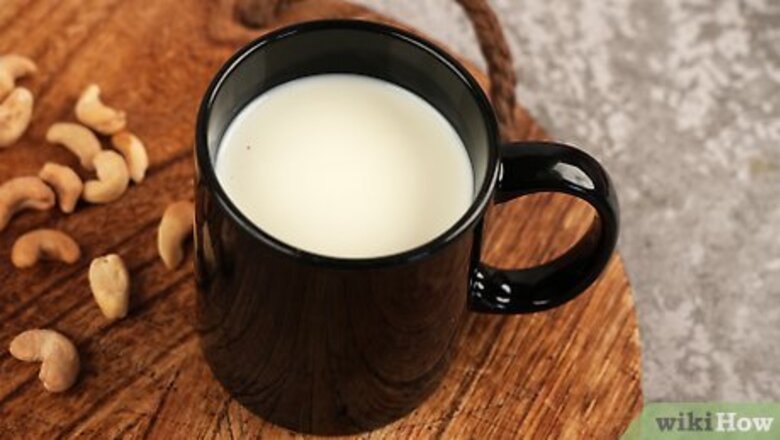
views
Bringing Milk to a Boil
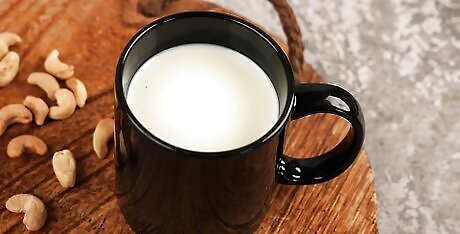
Heat it in the microwave. The easiest way to heat milk is in the microwave, but you’ll have to keep an eye on it. One cup (250 mL) of milk should reach room temperature within 45 seconds and boil within two and a half minutes. Stir it every 15 seconds to keep it from boiling over. You can also try setting your microwave to 70 percent power for a slower boil. You should still stir the milk every 15 seconds.
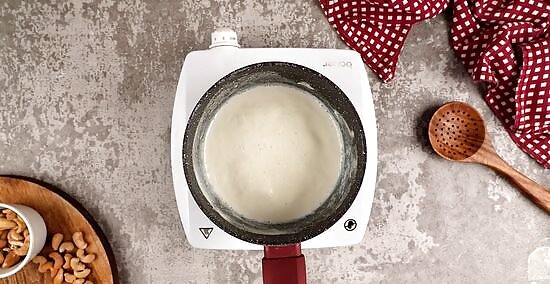
Boil milk on the stovetop in a large, deep pot. When boiling milk on the stovetop, use a deep pot so the milk has room to bubble and crawl up the sides. If you’re making a sauce or a glass of warm milk, set the heat to medium. To keep the milk from boiling over, don’t turn your back on it and stir it every few minutes. Lower the heat when the milk starts to boil to avoid scorching it.
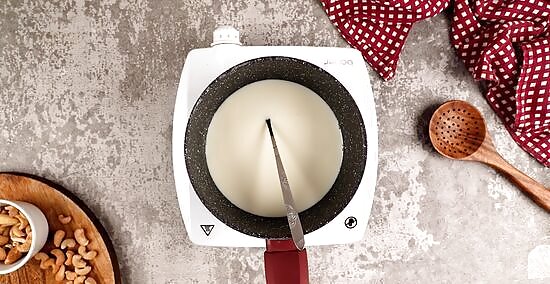
Try keeping a long-handled spoon in the pot. Milk boils over when a layer of protein and fat forms at the top and prevents steam below from escaping as it heats. Eventually, the steam breaks through violently and the milk boils over the sides of the pot. Keeping a long-handled spoon gives the steam a way out before too much pressure builds. You should still put the spoon to use every few minutes and stir the milk to release steam.
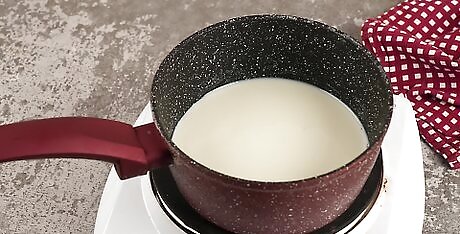
Heat milk for culturing slowly. If you’re making cheese or yogurt, you should heat milk by one degree per minute. Heat it at low to medium-low for 30 to 40 minutes and stir it every few minutes. When you see tiny bubbles and steam, the milk has met its boiling point of 180 degrees Fahrenheit (82 degrees Celsius). If your stove runs hot and you can’t boil milk slowly enough directly over a flame, you could use the double boiler method.
Using a Double Boiler

Bring a small amount of water to a simmer. You’ll only need to add a couple inches (three or four centimeters) of water to a saucepan. Put it on the stove and set the heat to low. Heat it slowly until it starts to simmer.
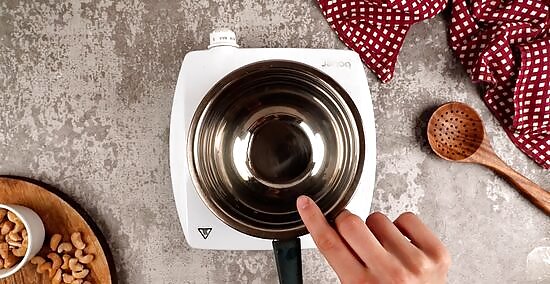
Place a heatproof bowl over the simmering water. Use a glass or stainless steel bowl, and place it into the saucepan so that it sits within the pot but doesn’t touch the simmering water. There should be at least an inch of space between the bottom of the bowl and the top of the water. Indirectly heating the milk in the glass or stainless steel bowl will ensure a slower, more even boil.
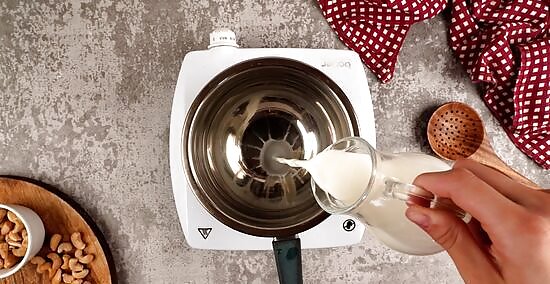
Add the milk to the heatproof bowl. Keep the heat on low so the water in the saucepan continues to simmer. Carefully pour the milk into the glass or stainless steel bowl. Stir frequently, and heat it until you see tiny bubbles around the edge of the bowl and steam rising from the milk. When the milk boils, turn the heat off and either use it or cool it according to your recipe.
Heating Milk for an Infant
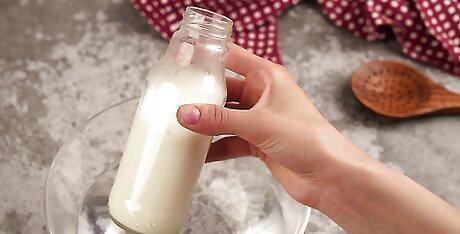
Submerge a bottle in warm water to heat it evenly. Place the bottle in a bowl filled with warm water, or hold it under running warm water. As the water in the bowl cools, you might need to replace it with more warm water. Warm the bottle until it’s reached room or body temperature, depending on your baby’s preferences. You don’t want to get the milk or formula too hot. If it’s too hot, it’ll lose nutritional value and could burn your infant’s mouth.
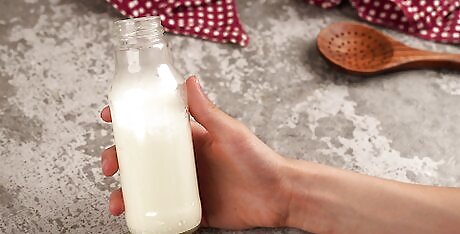
Avoid using the microwave or stovetop. You can run warm water from a faucet or heat milk over the stove, but you should avoid heating the bottle itself in a microwave or directly over the stove. A microwave can heat the milk or formula unevenly, causing dangerous hot spots. Heating a bottle over the stove can have the same effect and could melt the bottle if it’s made of plastic.

Invest in a bottle warmer. A bottle warmer is the quickest and most convenient way to warm milk or formula for an infant. They’ll evenly heat a bottle to room temperature in two to four minutes, depending on the model. A bottle warmer can make late night feedings a bit easier. Instead of heating water on the stove or holding a bottle under warm running water, you could just pop it in the warmer and wait a couple minutes.
















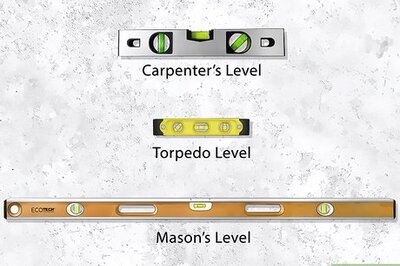



Comments
0 comment